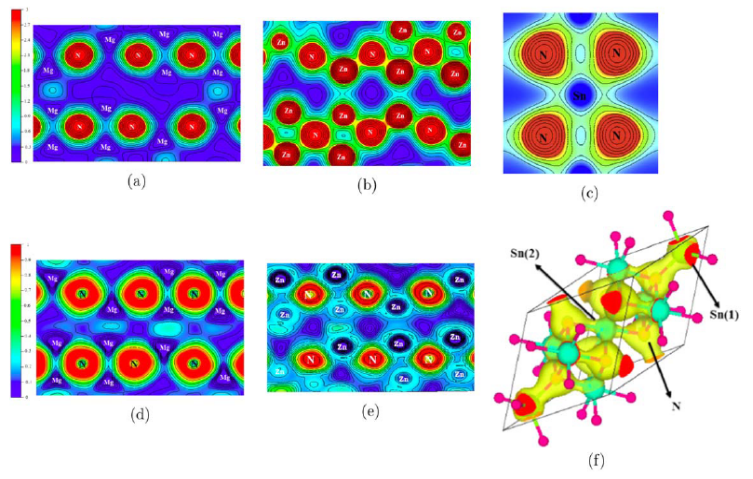"Exploring Crystal and Electronic Structure of Materials"
The quest of mankind in exploring the world of materials is remarkable ever since the stone-age.
Mankind has been exploring new materials and exploiting their properties to improvise its
lifestyle. With the advent of high-power computers and sophisticated scientific software,
materials research has reached fascinating new frontiers. Interestingly, the growth of material
science and computer science complement each other. The recent upsurge of Artificial
Intelligence (AI) and Machine Learning (ML) opens up new possibilities in the materials
research.
Density Functional Theory (DFT)-based computations have been traditionally used to predict novel
materials, provide information on their composition, crystalline structure, and energies
accurately. DFT also throws light on the electrical conductivity, bonding nature, magnetic, and
optical properties etc. When AI & ML are used together with DFT, materials research scales new
heights every day.
Density functional theory-based computations enable us to study the crystal and electronic
structures of materials in detail. The DFT provides the ground-state charge density from which
the actual ground-state total energy of the materials is derived, which in turn provides
enthalpy of formation, thermodynamic and mechanical stability, defect energetics, surface
stability etc. The accuracy of the results is determined by the different types of methodologies
and the approximations used to calculate the total energy.
We have been using full-potential, pseudo-potential, molecular quantum mechanics methods
implemented in advanced scientific software like Wien 2K, VASP, Quantum Espresso, Gaussian,
ABINIT etc. so that almost all physical properties of the materials are obtained.
Our core expertise lies on using DFT & ML for:
predicting the crystalline structure of known and hitherto unknown materials,
classifying their electronic characteristics (as metal, semiconductor or insulator),
determining the magnetic nature (paramagnetic, ferromagnetic or antiferromagnetic),
obtaining excited-state spectra (linear optical properties like absorption, dielectric
functions, refractive index, extinction coefficient, magneto-optical effects),
deriving ferroelectric polarization, Born-effective charges, etc.
illustrating spin, charge, and orbital ordering present in functional materials
understanding the role of impurities and intrinsic defects in crystals
elucidating the drug-molecule and protein interactions
ML-based exploration of phytochemicals and their coordinated effects.

Popular Links
Reach Us
Sir CV Raman Block , Anna University.
C-mAIn@annauniv.edu
044-22359938
© C-mAIn. All Rights Reserved. Designed by HTML Codex. Maintained by Scholars of C-mAIn.